1. Detroit, Michigan – Detroit Cheers
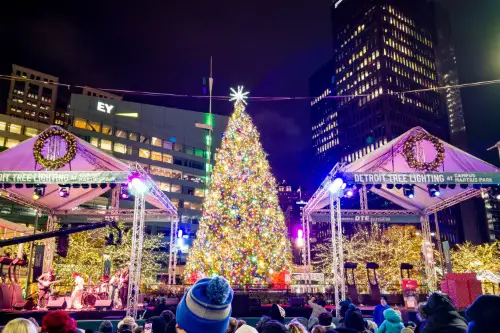
Detroit Cheers emerged as a community currency aimed at empowering the local economy after the city’s financial struggles, according to Dana Marshall from 100.7 WITL. Launched by local entrepreneurs, the currency was accepted by various small businesses around the city. The idea was to encourage residents to support local enterprises rather than big national chains. It’s also a fun way to instill a bit of pride in Detroit-made goods and services.
Though it’s not as widespread now, some businesses still honor Cheers, especially in community-focused areas. You’re most likely to encounter them at farmers’ markets or neighborhood shops. The design is unique, often featuring local landmarks or icons. Even when not in active use, they’re a quirky collector’s item and a symbol of Detroit’s resilience.
2. Ithaca, New York – Ithaca HOURS

Ithaca HOURS is one of the oldest and most well-known local currencies in the U.S., launched back in 1991, according to James Chen from Investopedia. The idea was simple: support local businesses and keep money circulating within the community. One “HOUR” was originally valued at $10, roughly the average hourly wage at the time. Local shops, co-ops, and even service providers still occasionally accept them today.
Though digital transactions dominate now, Ithaca HOURS remain a cultural touchstone and still circulate in small circles. There’s even a push every few years to revive and modernize it. Some folks just like the idea of something uniquely Ithaca in their wallets. And honestly, how cool is it to hand someone a paper bill that literally says “HOURS”?
3. Berkeley, California – Berkeley Barter Bucks
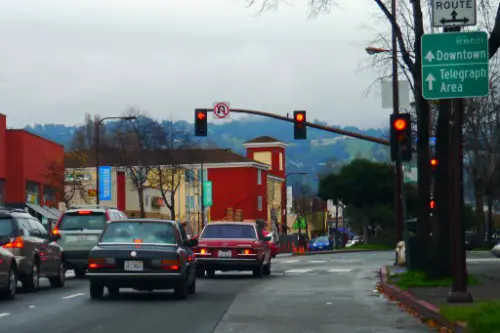
Berkeley has always marched to the beat of its own drum, and the Barter Bucks system fits right in. It’s a localized exchange system based on credits rather than traditional money. Residents use it within time banks and exchange networks to trade services and goods. Want a guitar lesson? Trade an hour of babysitting.
It’s less about paper money and more about creating a parallel economy rooted in community trust. Barter Bucks often appear in print at local events but are more commonly tracked digitally these days. Many transactions are logged in online barter communities, so no cash actually changes hands. Still, it’s a fascinating way this free-spirited city keeps its own economic rhythm.
4. Madison, Wisconsin – Madison Hours

Inspired by Ithaca, Madison launched its own version of community currency known as Madison Hours in the late ’90s. These were paper notes backed by time or value, accepted at a variety of local shops and co-ops, according to Tal Pinchevsky from Big Think. The goal was to promote local spending and foster a sense of economic independence. It created a visible alternative to the traditional dollar, with a grassroots vibe.
Though the currency isn’t as active today, it made a lasting cultural impact. Some businesses still have old signs saying “Madison Hours Accepted Here” as a nod to the past. You’ll occasionally find the notes at flea markets or in a nostalgic drawer somewhere. The spirit behind them lives on in local cooperative efforts and buy-local campaigns.
5. Bristol, Vermont – Bristol Bucks
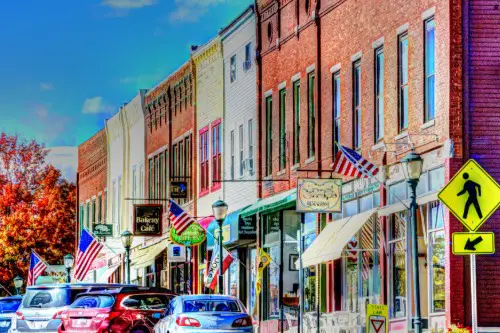
Bristol Bucks were introduced by the local chamber of commerce to keep holiday spending within the town. These are essentially gift certificates that function as a local-only currency, especially popular during festive seasons. They’re redeemable at most local businesses and have become a cherished annual tradition. Think of it as a town-wide gift card with Main Street values.
While not a year-round currency, Bristol Bucks still show up often enough to be considered part of the town’s economic culture. They also help drive traffic to small businesses that might otherwise be overlooked. Residents enjoy the personal connection it fosters between shopper and shopkeeper. Plus, who doesn’t love a gift that guarantees your money stays close to home?
6. Asheville, North Carolina – Asheville LETS Credits

In Asheville, the Local Exchange Trading System (LETS) uses a unit called a “credit” instead of traditional money, according to Connexions.org. People exchange skills, goods, and services using these credits, without any dollars involved. It’s a non-monetary economy where someone might earn credits tutoring and spend them on home repairs. It’s especially popular among people seeking sustainable and cooperative lifestyles.
This system is tracked digitally, but the ethos is old-school: community, trust, and mutual benefit. Asheville’s creative and alternative spirit is a perfect match for something like this. It’s less about rejecting money and more about redefining value. And in a city that values local everything, LETS just fits right in.
7. Portland, Oregon – Cascadia Hour Exchange

Portland’s alternative currency scene includes the Cascadia Hour Exchange, a time banking system that uses hours as currency. Residents “bank” time by volunteering services and then redeem it for help from others. You might mow someone’s lawn and later get a ride to the airport in return. It’s all about recognizing everyone’s time as equally valuable.
Portland’s strong community ethos and progressive values have kept this system active in various forms. Though it doesn’t use physical currency, it still challenges the dollar’s dominance in everyday transactions. Time banking here also supports social services and nonprofits, strengthening community ties. It’s very Portland—quirky, cooperative, and a little revolutionary.
8. Santa Fe, New Mexico – Santa Fe Hours
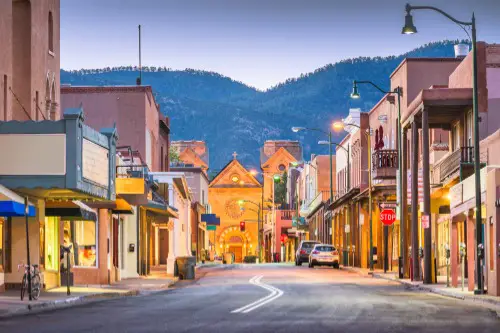
Santa Fe launched its own local currency inspired by Ithaca’s model in the early 2000s. These “Hours” were accepted at participating businesses and used to encourage local spending. They were especially popular among artists, artisans, and local markets. The currency even featured original artwork from local creators.
While the project isn’t currently active, you can still find Santa Fe Hours floating around as collectors’ items. They serve as a reminder of the town’s strong creative and communal spirit. Some locals have pushed to revive the idea with a more digital approach. For a city rich in culture and history, this experiment made perfect sense.
9. Pittsboro, North Carolina – The PLENTY
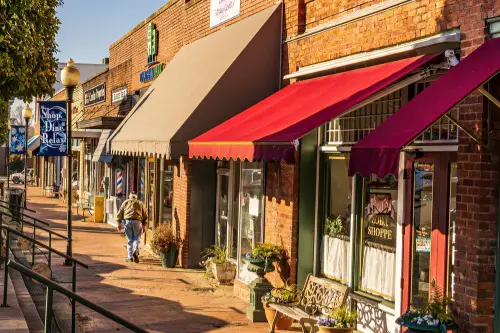
In the Piedmont region of North Carolina, locals created the PLENTY as a regional currency. It was launched in the early 2000s with backing from local businesses and sustainability advocates. The name is a nod to abundance and the idea that the community has “plenty” to offer. Businesses across several towns, not just Pittsboro, agreed to accept it.
The PLENTY had actual paper notes and could be exchanged at a one-to-one rate with U.S. dollars. It gained a bit of traction in co-ops, farmers’ markets, and restaurants. While circulation has slowed, there’s still occasional interest in reviving it. It stands as a bold example of a small town thinking big.
10. Sonoma County, California – Sonoma County Time Bank
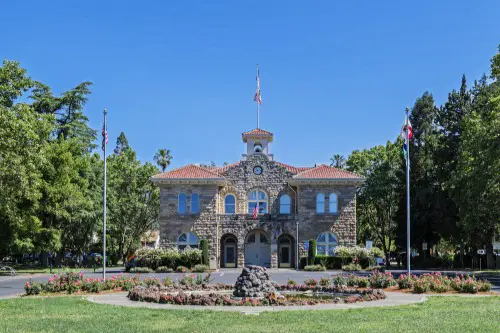
This region known for wine and wellness also runs a thriving time bank where services are exchanged using hours as currency. The concept is simple: everyone’s hour is worth the same, whether you’re a massage therapist or a math tutor. It encourages reciprocity and community connection instead of profit. The “currency” is tracked online, but the real value is in relationships built.
The time bank has been especially helpful in areas recovering from natural disasters, where rebuilding requires community effort. You’ll often see folks trading gardening help for car repairs or computer lessons. It’s not flashy, but it works. And in a region that values local sustainability, it’s right at home.
11. Corvallis, Oregon – Corvallis HOURS

Corvallis HOURS was born from the idea that local economies should reward local effort. Launched in the early 2000s, this community currency was used by businesses and individuals alike. You could pay for everything from fresh veggies to music lessons using HOURS. It worked like a gift economy but with a recognizable medium of exchange.
While it’s quieter now than in its early days, the Corvallis HOURS project still pops up in local conversations about sustainability and economic justice. It laid the groundwork for more modern barter and time bank systems in the area. Folks in Corvallis are proud of their community-focused roots, and this currency was part of that story. It’s another reminder that money can be whatever a community agrees it is.
12. Tampa Bay, Florida – Bay Bucks

Bay Bucks started as an alternative currency initiative focused on boosting local businesses in the Tampa Bay area. Businesses could trade among themselves using this digital currency, effectively keeping value within the region. It wasn’t a physical bill you’d carry in your wallet—more of an internal network with a very real impact. From restaurants to service providers, many businesses gave it a shot.
The project gained traction for a few years, particularly among locally minded entrepreneurs. Even though it’s currently dormant, the conversations it started about local wealth circulation still echo today. It showed that even in a sprawling metro area, grassroots financial experiments can take hold. And honestly, “Bay Bucks” just has a nice ring to it.
13. Sitka, Alaska – Hames Bucks
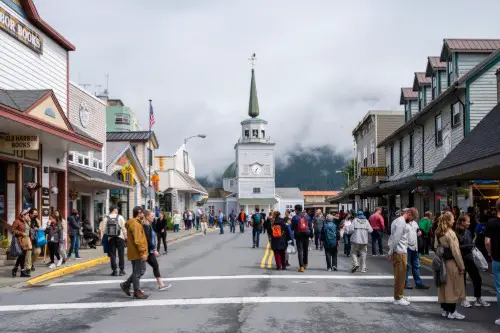
In Sitka, the Hames Center—a local wellness and recreation facility—introduced Hames Bucks as a fun, local currency. These could be earned through volunteering or participation in health programs, then redeemed for classes or gear rentals. The goal was to promote health and community involvement, not just commerce. And yes, they printed real, colorful paper bucks to match.
While they’re hyper-local and not widely used outside the center, Hames Bucks are still circulating in this tight-knit island town. They’ve become a little symbol of mutual support and wellness-based value. It’s not about replacing the dollar—it’s about reimagining what value means in a community setting. In a remote town like Sitka, that matters a lot.
14. Minneapolis-St. Paul, Minnesota – Common Cents

In the Twin Cities, Common Cents was created as a rewards-based local currency tied to socially responsible spending. People could earn credits for shopping at local businesses or volunteering, and then spend those credits within the same ecosystem. It was part community initiative, part loyalty program—with a civic twist. The name was a clever play on “common sense,” and the goal was just that: smarter, more conscious spending.
The program eventually wound down, but it left behind a network of people more aware of how their money moves. Several local businesses still talk about those days and the impact it had on their customer base. It made the abstract idea of local economy tangible. And it showed how even cities with over a million people can think like small towns.
15. San Luis Obispo, California – SLO Bucks

San Luis Obispo, affectionately known as SLO, created SLO Bucks as part of a local first campaign to encourage in-town spending. They’re most often given as prizes or incentives during local business promotions. Residents can redeem them at participating merchants—everything from coffee shops to bookstores. They’re not a full-blown alternative currency, but they operate on the same principles.
What makes them special is the way they tie into the town’s identity. SLO has a relaxed, community-first vibe, and the Bucks fit right in. They’re a reminder that spending locally is a choice with real impact. Plus, they make a cute souvenir with a side of economic activism.


